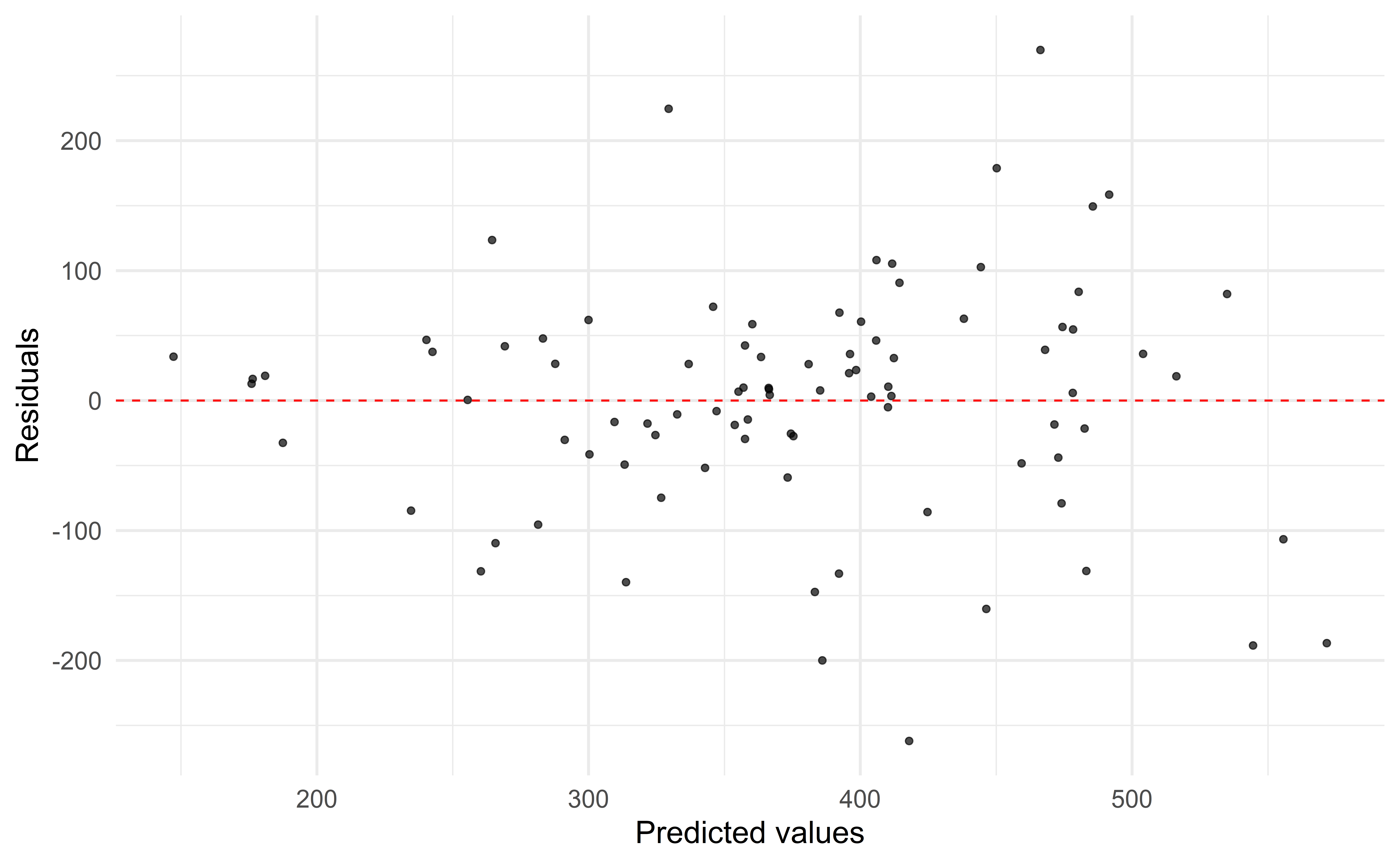── Attaching core tidyverse packages ──────────────────────── tidyverse 2.0.0 ──
✔ dplyr 1.1.4 ✔ readr 2.1.5
✔ forcats 1.0.0 ✔ stringr 1.5.1
✔ ggplot2 3.5.1 ✔ tibble 3.2.1
✔ lubridate 1.9.3 ✔ tidyr 1.3.1
✔ purrr 1.0.2
── Conflicts ────────────────────────────────────────── tidyverse_conflicts() ──
✖ dplyr::filter() masks stats::filter()
✖ dplyr::lag() masks stats::lag()
ℹ Use the conflicted package (<http://conflicted.r-lib.org/>) to force all conflicts to become errorsRegistered S3 method overwritten by 'mosaic':
method from
fortify.SpatialPolygonsDataFrame ggplot2
The 'mosaic' package masks several functions from core packages in order to add
additional features. The original behavior of these functions should not be affected by this.
Attaching package: 'mosaic'
The following object is masked from 'package:Matrix':
mean
The following objects are masked from 'package:dplyr':
count, do, tally
The following object is masked from 'package:purrr':
cross
The following object is masked from 'package:ggplot2':
stat
The following objects are masked from 'package:stats':
binom.test, cor, cor.test, cov, fivenum, IQR, median, prop.test,
quantile, sd, t.test, var
The following objects are masked from 'package:base':
max, mean, min, prod, range, sample, sum
Attaching package: 'kableExtra'
The following object is masked from 'package:dplyr':
group_rows
Attaching package: 'scales'
The following object is masked from 'package:mosaic':
rescale
The following object is masked from 'package:purrr':
discard
The following object is masked from 'package:readr':
col_factorRegistered S3 method overwritten by 'GGally':
method from
+.gg ggplot2Loading required package: Hmisc
Attaching package: 'Hmisc'
The following objects are masked from 'package:dplyr':
src, summarize
The following objects are masked from 'package:base':
format.pval, units




